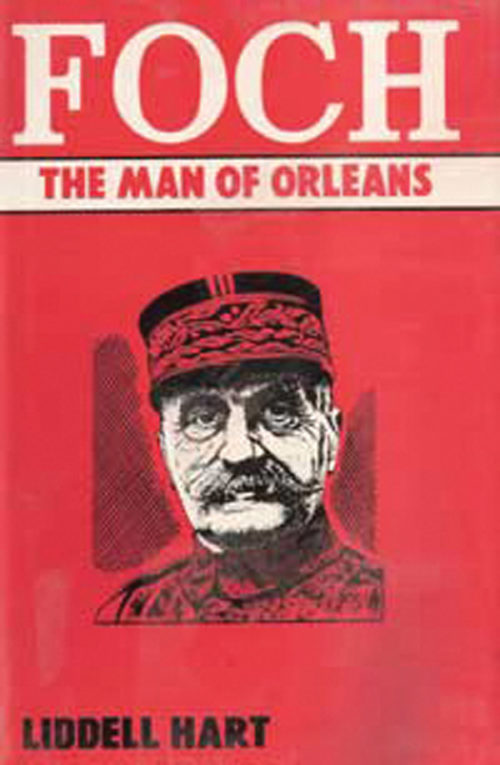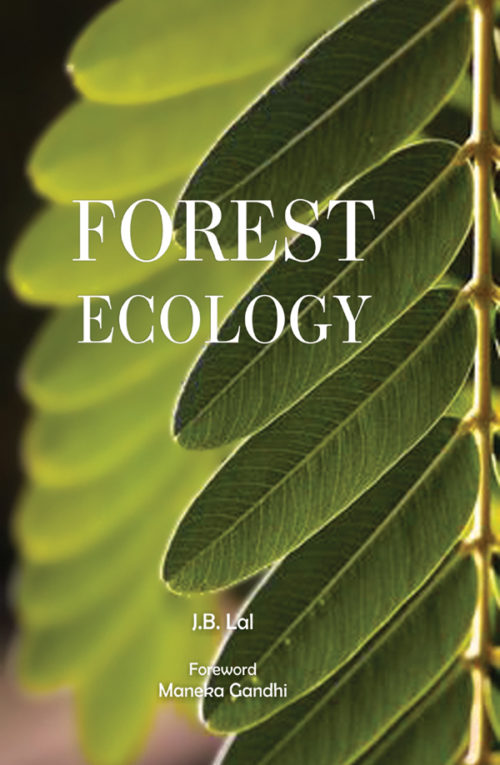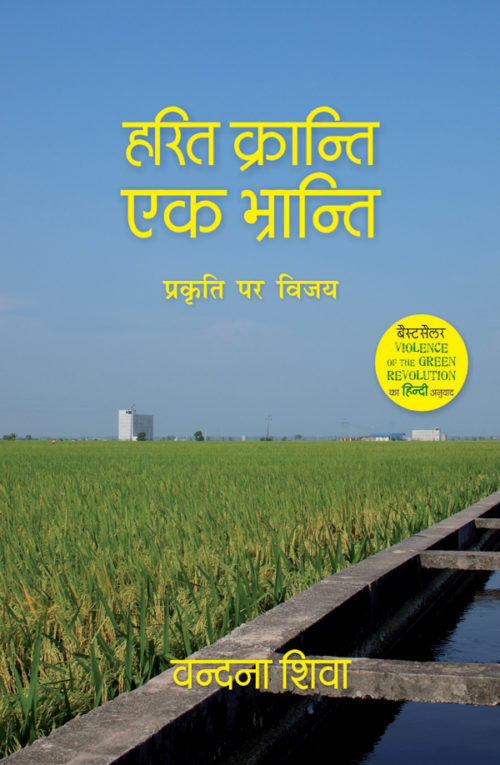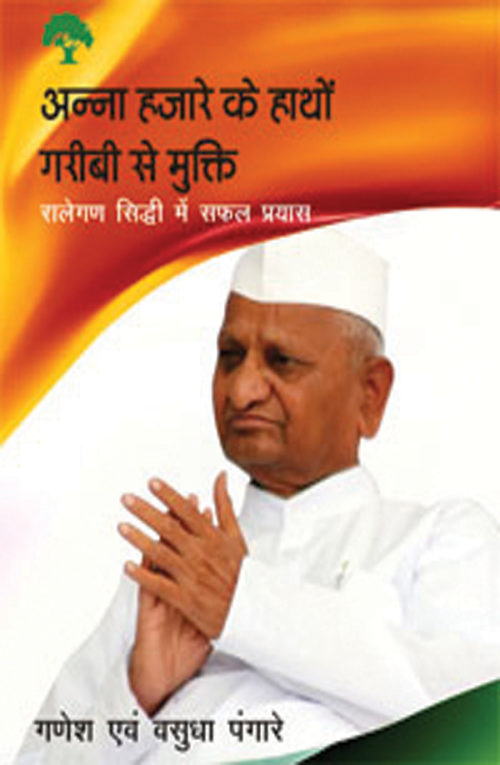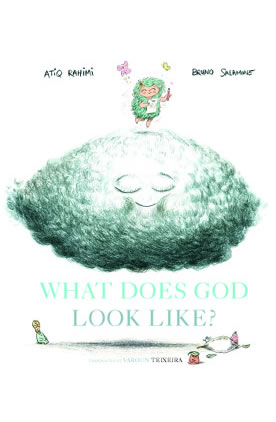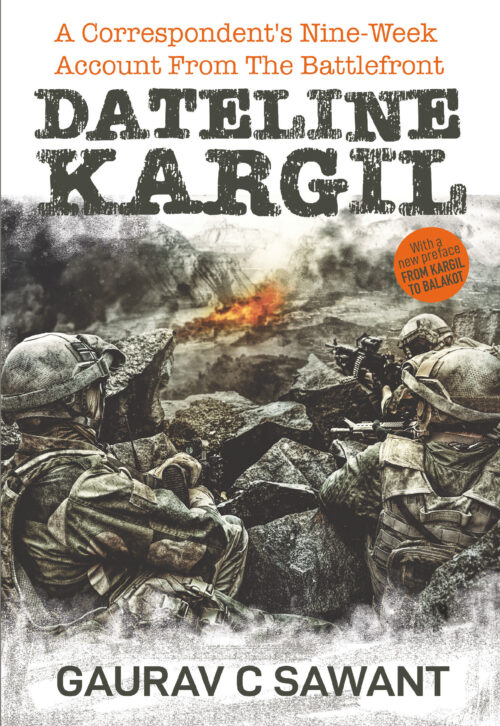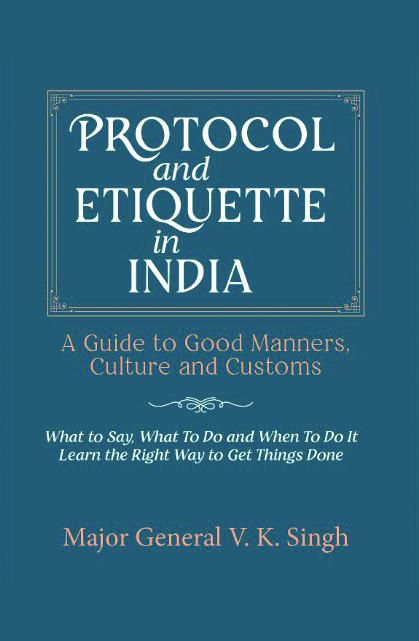| This enchanting book is about a young woman's journey through India. If you liked 'Eat, Pray,Love", this book is for you! This book tells of her journey within and without as she not only discovered India but herself as well. |
-
-
This is a first critical study of the hero of WWI the famed French General Ferdinand Foch. -
This book is regarded as the Bible on the ecology of forests. It is sure to arrest the attention of not only students studying forestry but lay readers as well. -
book is extremely useful for anyone who is interested in military history and -
This book serves as a reference guide on forest engineering which is the foundation of the superstructure of the successful management of forests. -
-
Howard's well known " Forect Pocket Book" provides a 'standard operating procedure' for field employees of the Forest Department towards the successful achievement of their objectives. The contents of the Pocket Book reval a wealth of field experience and painstaking devotion to the subject by the author. -
This book delves into an intricate study of the various aspects of forests and their inter-relationship in acute detail, revealing facts integral to the science of forestry. -
This is an elegant and ideal souvenir from India. With unique design and format, the book is a collection of quotes, thoughts and ideas laid out in elegant design. Its literally a pocket sized book with an attached metal Indian flag at the end of a ribboned bookmark. -
This book emphasizes the need for a successful understanding of silvicultural systems for efficient forest management. -
One of the best books on the Pacific Campaign of 1941-45. -
This book explains the RTI Act to Public Information Officers as to how they should perform their duties under the Act. -
This book provides a colour guide on how to enforce our wildlife laws in the field. It provides a colour photographic format to catch poachers, as it describes their working style and methods. -
What most hailed as a superb revolution- Vandana Shiva seems most cynical about – India’s Green Revolution. This book argues for diveristy rather than monogamous agriculture as the answer for sustainable progress. -
Written by an offcial of the British Raj, this an enjoyable accont of the jungles of Central India. -
This book in Hindi tries to capture the incredible and meteoric rise of Anna Hazare in Indian social life through his first succesful social reform movement in his village. -
-
"arranting immediate and long term solution. This is an excellent book which throws light on mitigation measures to be adopted in elephant landscapes fragmented by varied land uses, including heavily used infrastructure. This timely publication would be extremely useful for field managers, stakeholder departments and policy makers." - Dr. Rajesh Gopal
India faces a serious challenge today towards long term in-situ conservation of the elephant population. This is a timely publication as it explains issues related to elephant depredation in the human enclaves and fragmentation of elephant landscapes across the elephant range. The Field Managers and policy makers would benefit from the studies on alternative cropping patterns as mitigation strategy in and around the forests where interspersion ratio of forests and crop lands is a major cause of elephant depredation.
The book would be extremely useful for field managers, stake holders from different departments working in the elephant landscapes. The challenge of increasing linear infrastructure through the forest landscapes is a serious one. The book deals at length with the mitigation strategy to be adopted in linear projects like national highways, railways, irrigation projects, transmission lines, etc. These strategies can be incorporated in the project right at the inception stage so as to reduce the impact on the wild life. The designs of different mitigations explained in the book can be suitably changed to different landscapes in the country. -
The book gives a gripping, first-hand account of the author’s nine-week long stay in Kargil (during the encounter) and his experiences. He succinctly details the operation with special emphasis on the human side of the conflict. The graphic depiction of the war and candid interviews with the top brass makes for a true-to-life experience for the reader.
-
-
What is etiquette? Is it different from protocol and good manners? How important is it in today’s world? Does one have to be taught or can one learn on their own? What is the right age to start teaching etiquette to children? Does it enhance a person’s qualifications and improve job prospects? How important is it for success in one’s profession or business? Does it help in making friends and influencing people? Is it relevant for those who live alone, have no family or friends and never go to parties? Is it as important in the home as in the work place? Does it improve family relationships? Will it make you a better human being?
You will find answers to some of these important questions in this excellently researched book.
Also, how often have you searched for answers to some of these questions:
- Can a divorced woman continue to use the name of her ex-husband?
- In invitation cards, should a woman’s name precede that of her husband?
- Can titles such as Sir and Madam be used along with the name?
- Can military officers continue to use their ranks after retirement?
- If you want to know someone’s name, is it correct to ask “What is your good name?”
- Can one say Good Morning or Good Evening when bidding farewell?”
- What is the difference between enunciation and pronunciation?
- What is the difference between ‘excuse me’, ‘beg your pardon’ and ‘I am sorry’?
- What exactly is ‘small talk’? Is it the same as gossip?
- During a meal at a restaurant or club, does the waiter serve from the left or right?
- During a dinner party, are brandy and liqueurs served before or after the meal?
- What is the difference between luncheon and lunch?
- What is the difference between a sherwani and an achkan?
- On a flight, can occupants of window and aisle seats use the hand rests of the middle seat?
- When watching a play in a theatre, is it okay to clap during the performance?
Find out all this and more in this book! Use the skills to get ahead in your personal as well as your professional life.
-
-
This book contains the bare act alongwith the Tribal Rules.
-
The man eating tiger has speed, agility, muscle power, lightning reflexes and a ferocious killer instinct. It weighs 500 lb. The man has a cool head, a sure eye, a rifle and two brass cartridges. He weighs only 160 lb. The tiger growls, bursts out of the long grass, and launches itself . . .This was the drama that played out in the life of the legendary writer and conservationist, Jim Corbett, on several occasions. For him, the hunt was not about trophy tiger skins, or for the prestige of being a famous shikari – but to save lives when a man eater was on the rampage. Born in Kumaon, Corbett grew up in the jungle. He was well versed with its laws, and heunderstood its language. This hunter of the man eaters went on to become a die-hard conservationist, working to preserve and promote the majestic tiger. He harboured a great love for India and its people – of all castes and creeds, which is evident through all his writings.In a novel inspired by Jim Corbett's life and writings, author and conservationist, Harnihal Sidhu tells the epic tale of India’s most famous tiger hunter and conservationist. Corbett's journey was a difficult one, with moments of wild joy, suffering and heartbreak.Burning Bright is not a biography, a formal history or an academic study. It is a gripping tale told by a charmed storyteller, based on the life of a great man. Sometimes, the shortest road to the clearest view runs through the land of fiction.

